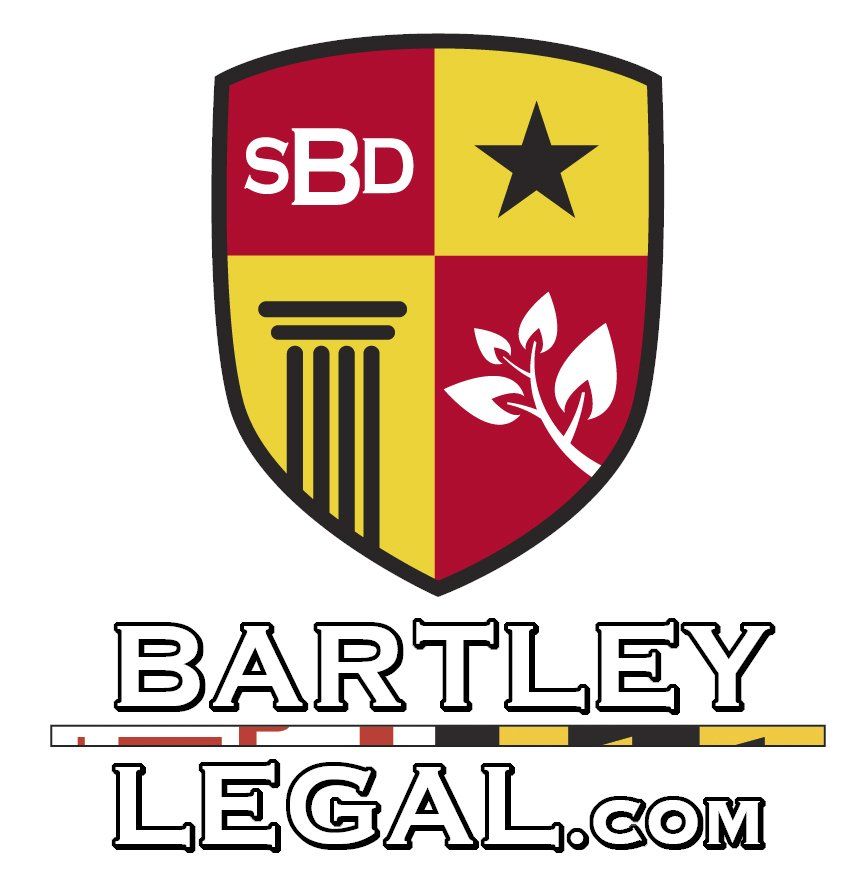Case Studies
Fair-Priced Legal Services | Over 20 Combined Years of Experience | Same-Day Appointments
Fair-Priced Legal Services
Over 20 Combined Years of Experience
Same-Day Appointments
Business Law
Issue
An investor and trustee of Company A wished to acquire Company B, an airline technology company. In acquiring Company B, it was imperative that James enter into an agreement with Company C, a company through which James had to go through to complete the purchase of Company B.
The legal counsel for Company C had already drafted an agreement for the acquisition of Company B, but legal counsel for Company C had only Company C’s interests in mind. In this situation, it was best for James to have our office review the agreement before entering into it, in order to ensure that he was not being misled in the agreement.
Sometimes, when parties involved in the actions taken by the business have the potential to reap great rewards for the business deal, those parties can become pushy for the deal to go through. This was the case in the acquisition; the party in Company C was pressuring James to quickly complete the deal.
However, the attorneys at Shawn Bartley and Associates LLC found some terms in the agreement that may not have been in James’ best interest. Such unsatisfactory terms included things such as Company B’s outdated bylaws conflicting with its articles of organization in the agreement, an ambiguous term for James’ appointment to Company B’s board, lack of specific account information into which investments should be transferred to, and ambiguity of “other fees” in which transferred funds may be applied to.
Resolution
Some important factors that needed to be evaluated when entering into this agreement were legal factors such as what is the purpose of Company C in this business deal, who owns Company C, and what is James’ relationship to Company C.
Other factors were business factors such as what is the turnaround time for James’ return on investments, what are the potential profits of entering into this agreement and are they less than or greater than profits made before entering into the agreement, and what are the costs and risks associated with installing Company B’s products into airplanes.
In asking these types of questions and ensuring that James was not pressured by parties involved in the deal, we had ambiguous language in the agreement specified more, and terms in the agreement tailored so that James’ best interests were also included. As a result, James was able to smoothly have Company A acquire Company B through negotiations with Company C in only 3 weeks.
Debt Negotiation Law
Issue
The defendant experienced financial hardships that prevented him from making payments to a large bank, the plaintiff, and was thereafter sued by the bank for the amount of $16,000.00. Jacob had previously made attempts to negotiate a payment plan or a reduction of the balance with the plaintiff to no avail. The bank would not listen to Jacob. Jacob then hired our office to negotiate with the plaintiff.
Resolution
After Jacob hired our office to negotiate with the plaintiff, we immediately made phone calls and sent correspondence to the plaintiff in an attempt to reduce the lawsuit amount which was Jacob’s ideal resolution in the lawsuit.
After multiple communications with the plaintiff, our office was able to reduce the lawsuit amount to $8,000.00 - an outstanding 50% reduction in the original lawsuit amount. Furthermore, our office negotiated that the reduced lawsuit amount be paid over a period of 10 months so that Jacob did not have to make a lump sum payment which would have been detrimental to his financial situation.
Tax Law
Issue
Teresa was looking to have her organization exempt from the state and federal taxes imposed on businesses and organizations. The criteria that must be met in order to be exempt from taxes is specific and requires substantial gathering of information and documents.
However, after speaking with Teresa about her organization, we noticed that there was pertinent information missing that would make the tax-exemption process smoother; documents such as organization bylaws, conflict of interest policy, and an Employer Identification Number.
Resolution
We advised Teresa that our office would like to draft both the organization bylaws and the conflict of interest policy as soon as possible so as to avoid any future legal contests. Planning for any future legal contests that may arise is an imperative step in registering businesses and organizations for state exemptions.
Civil Litigation
Issue
A landlord that managed her own rented out property, leased one of her Montgomery County properties to a tenant.
After several months of living in the property, the tenant started alleging Mary did not remedy issues on her property involving the presence of lead paint, and that she did not have a viable legal lease. Mary then hired a property management company to manage the property for her.
In attempts to resolve the lead paint issue, the property management company was not allowed access into the property by the tenant for 3 months until law enforcement officials said it was okay for property management to enter the property. Mary was therefore sued by the client for an amount of $17,500.00 as compensation for the alleged issues with the property and the lease.
However, the tenant had also missed several monthly payments during her tenancy in the property, and was ultimately living on the property for free for a duration of several months. This was not the first time that the tenant had missed out on payments: the tenant was sued by Mary previously, and was ordered to pay Mary for the skipped rent payments.
In an aim to avoid paying Mary for the missed monthly payments, the tenant vacated the property but left substantial damage including holes in walls, a broken appliance, and an overall filthy property. To complicate the issue, it was discovered that Mary did not have a rental license which is required by law to rent out properties as a landlord.
Resolution
In the Montgomery County Circuit Court, our office defended Mary through a series of hearings, depositions, and mediations leading up to the trial. We also went through the process of discovery in which we were able to prove the tenant’s basis for the lawsuit was frivolous.
The case proved to be grueling as there was little to no cooperation from the opposing party, and the courts were lenient about the lack of cooperation. A year and a half of civil litigation resulted in a fair outcome for Mary: Mary was ordered to only pay $2,500.00 of the original lawsuit amount, and dismissal of the case with prejudice.
Issue
Ms. Smith had recently passed away and had assets from her trust wrongfully distributed by the trust’s co-trustee, the defendant, to people and organizations not named in her estate planning documents.
There was a significant amount of mismanaging and discrepancies in the distribution of trust funds because Ms. Smith’s estate planning documents stated that all funds in her personal, retirement, and security accounts be distributed to the trust, and this was not executed the way it was supposed to be.
To further complicate matters, there were discrepancies in Ms. Smith’s trust document that were made by attorneys who drafted the trust.
Resolution
With all the actions that had already been taken by the co-trustee in this trust matter, we assisted our client in opening a case in the Circuit Court to have the co-trustee removed from the trust and replaced, and have the assets of the trust traced and recovered.
The co-trustee, now the defendant, denied the allegations and the case was to undergo the discovery process. After going through civil litigation, our office was able to have the court order the co-trustee resign as the co-trustee of the trust and forfeit any of their future interest as a beneficiary in the trust.
We were also able to complete an inventory of the personal property involved in the matter, a re-possession of family heirlooms and animals, maintenance of half the insurance proceeds from repairs on the property, and a repossession of the defendant’s personal property from storage.
Estate Planning and Estate Administration
Issue
Grace unexpectedly committed suicide without a will, meaning that in the eyes of the law she passed away intestate. As a result, there was no personal representative for the estate of Grace, and no document that would delegate who the beneficiaries of estate funds, property, and personal belongings were. This complicated the estate administration process.
Resolution
As with all estate administration matters, a personal representative must be appointed to administer property in the estate. We assisted Joe with qualifying for the position of personal representative in the decedent’s estate.
Also, in all estate matters, the Register of Wills in Maryland requires information and inventory reports to be filed so that all of the decedent’s funds, accounts, and property are accounted for.
In doing this, our office had to contact Grace’s banks, insurance companies, vehicle and property appraisers, and retirement account companies. It was also important and required by the Register of Wills that all persons who may be interested in the decedent’s estate be contacted regarding the estate administration process that was happening.
After no opposition from possible interested parties, the estate administration process went smoothly and Joe was paid personal representative’s reimbursement. Lastly, the estate was wrapped up, and all funds were distributed to the appropriate people.
If you'd like to discuss your legal needs with us, fill
out our form to request a consultation today.



Share On: